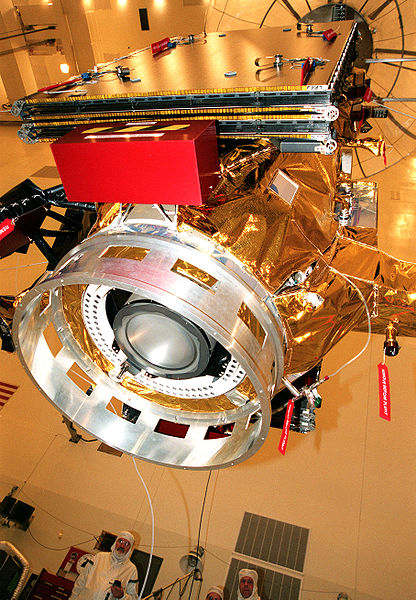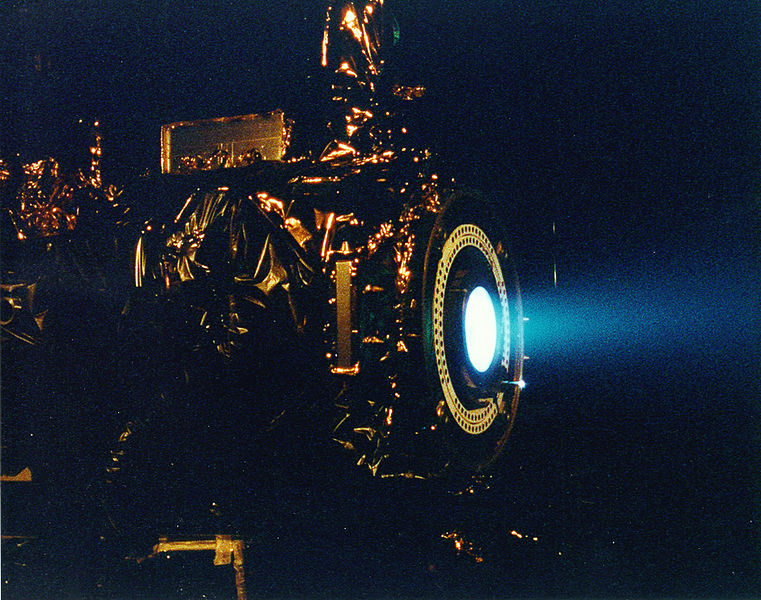It looks like you're using an Ad Blocker.
Please white-list or disable AboveTopSecret.com in your ad-blocking tool.
Thank you.
Some features of ATS will be disabled while you continue to use an ad-blocker.
share:
Tardacus
reply to post by VoidHawk
and on an even larger scale why hasn`t our planet stopped moving, I mean after billions of years of crashing into space atoms surely earth should have slowed down or stopped moving.
Thank you That was the whole point of my post.
eriktheawful
VoidHawk
reply to post by lostbook
From your source.
Can anyone explain why this is so?
Spacecraft traveling through miles of space require energy to keep moving.
I understand that power is needed to increase speed but surely when in space, once something is moving it should keep moving?
The answer is: Gravity.
Anything that has mass has a gravitational field. The smaller that mass the smaller the field and vice versa.
Our sun has a large influence on things very far from it due to how massive it is (and in turn, stars more massive have a greater amount of pull at a further distance).
When we launch a space craft, if we want it to leave the Earth's gravity well, to where the gravity of the Earth no longer influences it, we have to accelerate it to a certain speed.....AND it has to get a certain distance from the Earth (about 1.5 million miles). Once a space craft is that far from the Earth, the gravity from our planet will no longer influence that space craft.
However, at that point the sun's gravity takes over, and again, if you do not want your space craft to end up going into orbit around the sun, you will have to increase it's speed even more......and start to move away from the sun.
All the probes that we have sent out to deep space have our sun tugging on them. The further you get out, the less that tug is, and if you accelerate your craft fast enough, it can maintain that speed easier the further from the sun it gets.
Then of course there is the path of your craft: Is it going to pass near other planet's who's gravitational field might also influence your craft's path? If so you may have to accelerate again.
Finding out what a body of mass gravitation field is (in distance) one can use the Hill Sphere Formula.
Comets as you mentioned in another post, have the sun tug on them so that as they are headed out, the start to slow down, until eventually they are pulled back, getting faster and faster the closer they get to the sun, where they slingshot around, and are flung back out......only to be slowed down again until they eventually are pulled back in again.
Space craft like Voyager 1 and 2, were accelerated by flinging them around planets to make them go faster and faster, else they would have to of constantly accelerated to maintain the speed needed to escape our solar system.
The Ion Engine has the capability to acclerating a craft to very large velocities, faster than chemical rockets. But, it takes them a very long time to get to those speeds. The beauty of it is, they can do that constant acceleration for years on end to achieve that velocity.
If a craft is intending to completely pass right through an area of space then the tug of gravity is of little importance because the forces pulling it in (accelerating it) equal the forces pulling it back (decelerating it) therefore total affect = 0, apart from some deviation on trajectory.
Most of what I wrote in the posts above concerned the claim that constant power was needed because atoms would slow a craft down. The truth is atoms have little effect, as evidenced by comets etc.
I wonder how big can an ion thruster be made. It's fine to accelerate a robotic spacecraft, but what about a spaceship with astronauts and all their
supplies, life-support system, etc. or big spaceships delivering space station / colony modules and heavy equipment.
Ion thusters are an old invention, but I have only "discovered" them a few years ago, and I love how they have a futuristic look. We're so used to the propulsion by burning fuel (with flame or hot gasses coming out of the nozzle) that to see this translucent blue plasma shoot out of the nozzle puts me in awe.
Deep Space 1 probe:

Engine test:

Ion thusters are an old invention, but I have only "discovered" them a few years ago, and I love how they have a futuristic look. We're so used to the propulsion by burning fuel (with flame or hot gasses coming out of the nozzle) that to see this translucent blue plasma shoot out of the nozzle puts me in awe.
Deep Space 1 probe:

Engine test:

new topics
-
Where should Trump hold his next rally
Politicians & People: 13 minutes ago -
Shocking Number of Voters are Open to Committing Election Fraud
US Political Madness: 57 minutes ago -
Gov Kristi Noem Shot and Killed "Less Than Worthless Dog" and a 'Smelly Goat
2024 Elections: 1 hours ago -
Falkville Robot-Man
Aliens and UFOs: 1 hours ago -
James O’Keefe: I have evidence that exposes the CIA, and it’s on camera.
Whistle Blowers and Leaked Documents: 2 hours ago -
Australian PM says the quiet part out loud - "free speech is a threat to democratic dicourse"...?!
New World Order: 3 hours ago -
Ireland VS Globalists
Social Issues and Civil Unrest: 3 hours ago -
Biden "Happy To Debate Trump"
2024 Elections: 4 hours ago -
RAAF airbase in Roswell, New Mexico is on fire
Aliens and UFOs: 4 hours ago -
What is the white pill?
Philosophy and Metaphysics: 6 hours ago
